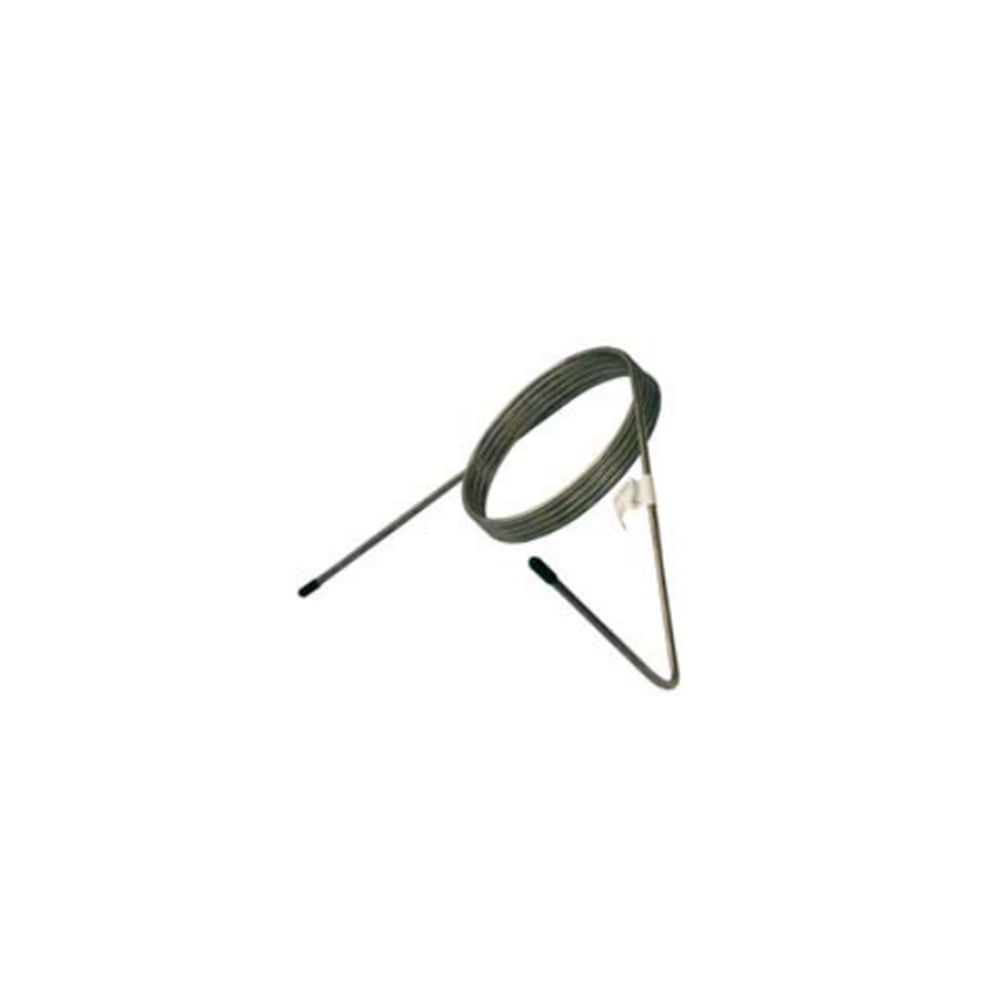Description
Robotic waterjet parts
Item number: P24602490 Coil Axis 3
Details: used on the ABB robot arms, robotic waterjet cutting workstation

Apparenté robotic waterjet parts:
Robotic waterjet cutting system: Yaskawa robotic waterjet workstation, Dual Fanuc robotic waterjet workstation, ABB robotic waterjet workstation




FAQ of platform waterjet machine & robot waterjet system:
Is water jet cutting or laser cutting better for metal cutting?
The choice between water jet cutting and laser cutting depends on the specific application requirements and material properties. Below is a comparison of some of the features and application scenarios of water jet cutting and laser cutting:
Characteristics of water jet cutting:
Wide range of applicable materials: water jet cutting is suitable for almost all types of materials, including metals, plastics, composites, stone and so on.
Cold Cutting: Water jet cutting is a cold cutting process that does not produce heat affected zones or thermal deformation, making it suitable for applications that are thermally sensitive to materials.
No Cutting Gas Required: Water jet cutting does not require the use of cutting gas, reducing costs and environmental pollution.
Three-dimensional cutting is possible: Water jet cutting systems allow for three-dimensional cutting, which is suitable for parts or structures with complex shapes.
Characteristics of laser cutting:
High-precision cutting: Laser cutting has high precision and fine cutting line width, suitable for applications requiring high cutting quality and size.
Fast cutting speeds: Laser cutting is fast and suitable for applications requiring high productivity.
Possibility of automated operations: laser cutting systems can be integrated with automated equipment for highly automated production lines.
Limited Cutting Thickness: Laser cutting has limited effect on thicker metal materials and is usually suitable for thin sheet metal cutting.
Therefore, the choice between water jet or laser cutting requires a combination of the following factors:
Material type and thickness: water jet cutting is suitable for a wide range of materials and thicker metal sheets, while laser cutting is more effective on thinner metal materials.
Cutting Quality Requirements: If there is a high demand for cutting quality and surface finish, laser cutting may be a better choice.
Productivity requirements: If high speed cutting and automated production lines are required, laser cutting may be more suitable.
Cost and environmental considerations: Water jet cutting does not require the use of cutting gas, whereas laser cutting consumes more gas. Therefore, cost and environmental considerations are also a factor in the selection.
In summary, depending on the specific application requirements, material properties, and cost and productivity considerations, the appropriate cutting technology, water jet cutting or laser cutting, can be selected.




